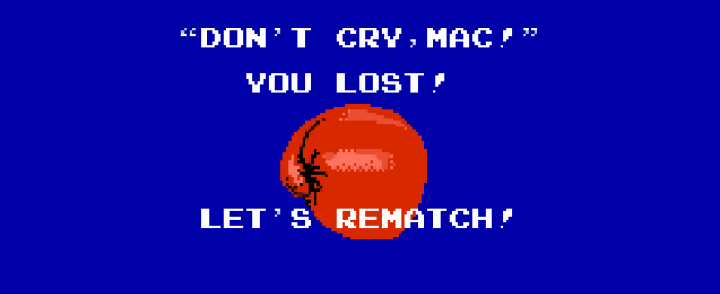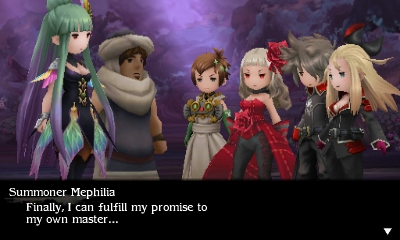I think people are so underwhelmed by sci-fi that when a merely competent one shows up, they go apeshit over it. It happened with Inception, and it’s happening again with Arrival.
In Arrival twelve ebony ovoid spacecrafts land across the globe, touching down in the United States, Russia, China, Australia. Their arrival has no discernible pattern, their inhabitants no clear reason for landing, leaving everyone wondering – why would aliens land in Montana?
The U.S. military, led by Forest Whitaker, assembles a crack team of, well, two people. Louise (Amy Adams), a linguist who is so awkward she might as well be an alien on earth herself, making her the perfect candidate to talk to extraterrestrial beings. And Ian (Jeremy Renner), a mathematician. The craft opens every 18 hours, allowing the humans inside. The entrance corridor is long and empty, and it leads an equally hollow room where the humans attempt to converse with the alien species and ask them, “What is your purpose on earth?”
Directed by Denis Villeneuve (Sicario), Arrival showcases striking images from the mundane – Louise’s empty home, Louise’s empty classroom – to the out-of-this-world – the ebon spacecrafts hovering feet above the landscape, with earth’s military vehicles poised to fire. Balancing silence with unsettling noise borrowed from Lost’s Smoke Monster, Arrival slowly builds tension. It presents us with stark landscapes, vast empty space, and makes us wonder what will fill it.
On the spacecraft, Louise attempts to converse with the alien species – I won’t spoil what they look like, because a big part of the tension is the reveal of the alien lifeforms. On the ground she delivers rudimentary lectures in Linguistics 101. Meanwhile, the military is keen to blow the ship up ASAP leading to world conflict because even when faced with a common enemy, humans just can’t get along.
By the end of the film, Louise comes to a revelation about linguistic relativity (aka the Sapir-Whorf hypothesis) in which our language defines our thought process. Human language, English specifically, is linear. It runs from left to right and ends with a period. The alien language is cyclical. What would it mean if she learned their language? How would it change her thought process? The film’s conclusion requires a huge suspension of disbelief that, due to the film’s manipulative storytelling, it doesn’t earn.
The screenplay by Eric Heisserer (based on a novella by Ted Chiang called “The Story of Your Life”), fails to fill the empty space created by the direction and cinematography, and it fails to fill the characters too. Adams’s Louise is alone and awkward, a linguistics expert who knows all the language but has no one to talk to. We are led to believe she is this way because of flashbacks that, on the surface, appear to be a cheap way to define her character. These flashbacks are revealed to be flash-forwards, a revelation that comes a good hour after anyone actually paying attention should realize it. Amy Adams radiates through her radiation suit, but the actor, who could perform through a lead shield if she had to, has nothing to work with here. But the back story turns out to be in the character’s future, meaning she has no backstory, and we see no reason for her to be the bitter woman she is for the majority of the film. Without a backstory, we don’t know who she is. We know who she is to become, but why do we care?
Renner’s mathematician is named Ian. The name recalls another famous cinematic mathematician, Jurassic Park’s Ian Malcolm, but Renner’s character lacks the wit and charm of Goldblum’s lothario. The fault lies on the hackneyed script in which characters toss off quips that feel less like a human being’s attempt at levity and more like cheap Hollywood one-liners. They don’t lighten the mood, they ruin it.
One example of this occurs early in the film, when the characters enter the alien craft for the first time. It’s a long, ponderous scene, filled with extended silences, slow camera movement, and lingering shots of a long empty vertical corridor. The characters are lifted on a hydraulic platform into an opening at the bottom of the craft, an aperture that opens every 18 hours. Inside, a character familiar with the inside of the craft tosses a glow stick into the air. The stick lands on the wall, showing us how gravity is manipulated inside the craft. “Yeah, that just happened,” he cracks, as if he fell out of Reality Bites and into this 21st-century sci-fi film. Tension has been masterfully built, but instead of a pay-off, we get a lazy joke. The tension is broken, and the actual alien reveal is cheapened as a result.
If only the dialog were lazy, the film might be redeemable. But the story is nothing more than a one-note linear trip from one side to the other, with no one human or alien experiencing any growth or change during the journey. And for a story that tells us it is about circular thinking, the actual writing seems even more lazy by comparison. It’s like watching a two-hour long Buzzfeed video posted by a high school acquaintance on Facebook. “This linguistics professor talked to an alien and you won’t believe what happened next…” Either the writer doesn’t understand the material, or he doesn’t expect the audience too. Either way, it’s insultingly reductive and simplistic.
Even the title makes no sense. Arrival of the aliens occurs before the movie begins. The film is about Louise trying to communicate in an alien language. Lost in Translation was taken, but perhaps a better title would have been The Purpose. That’s her main goal: what is the alien’s purpose? And in doing so, she discovers her own purpose.
However, the alien purpose, Louise’s purpose, and this film’s purpose, is selfishness disguised as selflessness. [Here is where we enter into spoiler territory.] The goal of the aliens is to teach Louise their language. As linguistic relativity suggests, if she can learn their language, truly learn it, she will think cyclically. In other words, she will cease to live a linear life and she will know the future. They do this to create world peace, not because they want humans to be at peace, but because the aliens will need human’s help in 3000 years. The aliens are helping the humans in order to save themselves. (As a sidenote: if the aliens want human civilization to last for three more millennia, perhaps they should give them a way to stop burning fossil fuels instead of forcing them to create the insane amount of CO2 that must be generated by the hundreds of military vehicles occupying the alien landing sites.)
On a personal level, by learning the future Louise learns that she will marry Ian, have a child, get divorced, and that child will die from a terrible incurable illness. The movie ignores the fact that cyclical thinking would likely drive a person insane (as any sane woman would if she learned she would one day marry Jeremy Renner), and instead has her accept the fact that she won’t change a thing just because she knows it will end badly. In other words, Louise will bring a child into this world knowing that child will die a long painful death, but she will do it anyway because it brings herself joy. She’s like the aliens –only interested in self preservation.
If the aliens goal was for humans to have world peace, we have no idea whether or not they succeed. Through the flash-forwards, we learn that Louise will teach other people the alien language, but she herself will be unable to communicate with her husband, but the film shows us no broader consequences. Does the alien language does anything to change human nature?
Arrival ends as if the aliens are satisfied. They leave, thinking they’ve done their job and saved humanity. But neither Louise nor the film have any sense of consequence, neither on a global scale nor a personal one. The entire story boils down to Louise learning that even if she knows the future, she wouldn’t try and change it. Yes, there is no such thing as true altruism, but Louise’s actions are callously selfish, like those of many Americans. The global let’s all get along message is a cute but hokey concept cloaked in sci-fi dressing. Underneath it, we’re all doomed.

























